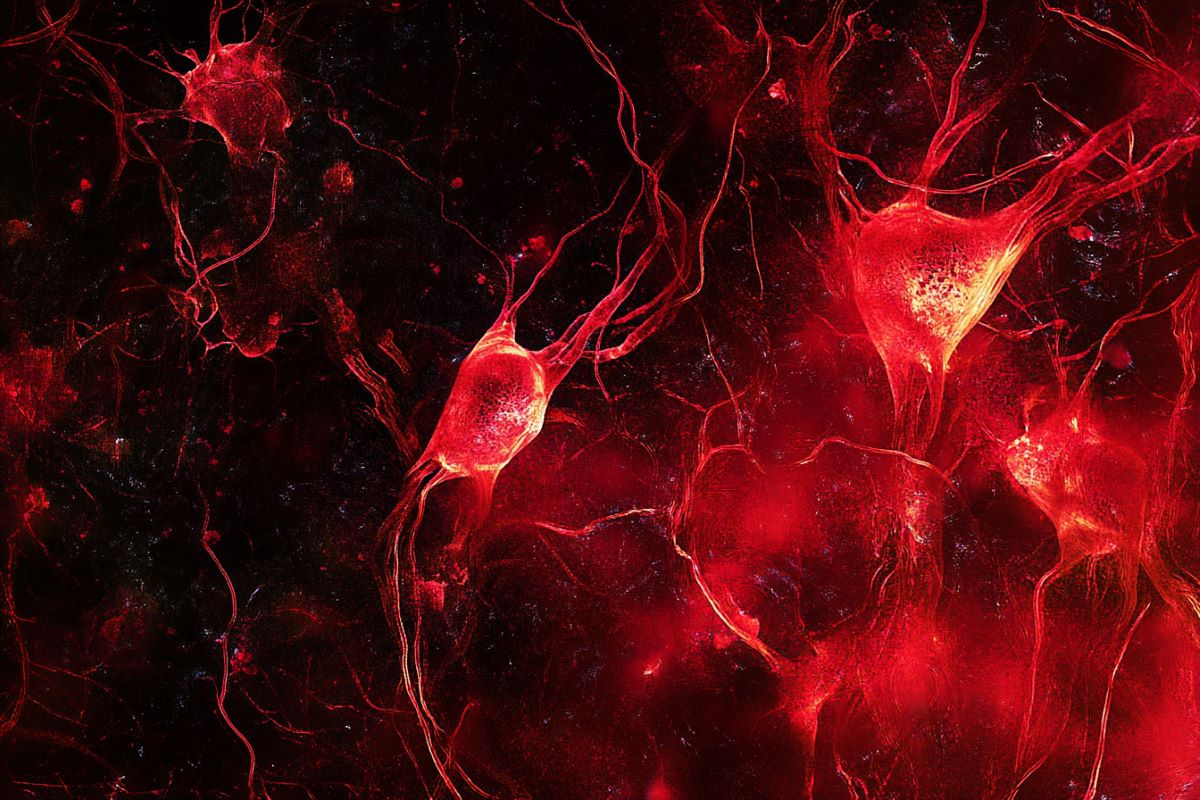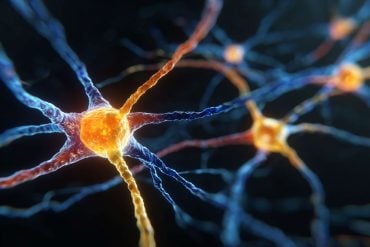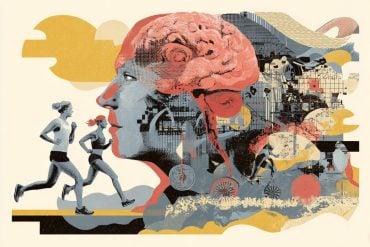Summary: Spinal cord injuries (SCI) are challenging to treat due to the limited regenerative capacity of the central nervous system. A new study reveals that while ependymal cells in the spinal cord show minimal repair potential, astrocytes can transdifferentiate into oligodendrocytes, aiding in remyelination.
Researchers also found that modifying the injury microenvironment with functional material transplantation enhances this regenerative process. These findings highlight astrocytes’ critical role and offer a promising approach to advancing SCI therapies.
Key Facts:
- Ependymal Limitations: Ependymal cells show minimal proliferation and restricted repair potential post-SCI, especially in primates.
- Astrocyte Potential: Some astrocytes transdifferentiate into oligodendrocytes under injury conditions, contributing to remyelination.
- Therapeutic Boost: Functional material transplantation enhances astrocyte transdifferentiation and promotes spinal cord repair.
Source: Chinese Academy of Sciences
Spinal cord injury (SCI) remains one of the most devastating medical conditions, severely impacting quality of life and often leading to permanent disability.
The central nervous system (CNS) has a limited capacity for regeneration, which poses a significant challenge in treating SCI, since recovery becomes increasingly difficult once the spinal cord is damaged.

During development, neural stem cells in the spinal cord differentiate into various neural cells that form complex circuits.
As the spinal cord matures, these progenitor cells lose their regenerative potential, making adult spinal cord tissue less capable of recovery after injury. Identifying endogenous stem cells with diverse lineage potentials in the adult spinal cord is crucial for advancing repair strategies for SCI.
In a recent study published in PNAS, researchers led by Profs. DAI Jianwu and ZHAO Yannan from the Institute of Genetics and Developmental Biology of the Chinese Academy of Sciences explored the regenerative mechanisms behind SCI repair.
By constructing single-cell transcriptomic databases for both human spinal cord development and rhesus monkey SCI models, the researchers established a foundation for comprehensively analyzing spinal cord cell behavior.
Their cross-species examination of primate and rodent spinal cords revealed new insights into the behaviors of ependymal and astrocyte cells following SCI, highlighting their dynamic roles in spinal cord repair.
The research team discovered that, during spinal cord development, ependymal cells mature and gradually lose their neural progenitor cell properties, retaining only limited proliferative capacity.
After injury, ependymal cells displayed minimal activation and demonstrated no significant proliferation or cross-lineage differentiation.
Importantly, the study revealed that the reactivity of ependymal cells post-SCI is significantly lower in primates than in rodents, indicating more restricted regenerative potential in primates.
In contrast, astrocytes in the injured spinal cord exhibited significant activation. Through single-cell and lineage tracing analyses, the researchers revealed that some astrocytes could transdifferentiate into oligodendrocytes under injury-induced conditions, thereby contributing to the remyelination process.
Further investigation identified an intermediate population among astrocytes where key transcription factors such as SOX10 promoted their conversion into oligodendrocyte lineage cells.
To enhance the regenerative process, the team introduced functional material transplantation into the injury microenvironment.
This intervention significantly boosted the efficiency of astrocyte transdifferentiation into oligodendrocytes, suggesting that material transplantation not only mitigates the inhibitory effects of the injury site but also creates favorable conditions for promoting remyelination.
This study provides compelling evidence of the limited regenerative capacity of ependymal cells in adult primate spinal cord injury and underscores the transdifferentiation potential of astrocytes.
Furthermore, the research highlights how microenvironmental modulation can enhance the efficiency of astrocyte-mediated repair, offering a promising approach for future SCI therapies.
About this SCI and neuroscience research news
Author: Na Chen
Source: Chinese Academy of Sciences
Contact: Na Chen – Chinese Academy of Sciences
Image: The image is credited to Neuroscience News
Original Research: Closed access.
“Characterizing progenitor cells in developing and injured spinal cord: Insights from single-nucleus transcriptomics and lineage tracing” by DAI Jianwu et al. PNAS
Abstract
Characterizing progenitor cells in developing and injured spinal cord: Insights from single-nucleus transcriptomics and lineage tracing
Various mature tissue-resident cells exhibit progenitor characteristics following injury. However, the existence of endogenous stem cells with multiple lineage potentials in the adult spinal cord remains a compelling area of research.
In this study, we present a cross-species investigation that extends from development to injury. We used single-nucleus transcriptomic sequencing and genetic lineage tracing to characterize neural cells in the spinal cord.
Our findings show that ciliated ependymal cells lose neural progenitor gene signatures and proliferation ability following the differentiation of NPCs within the ventricular zone.
By combining single-nucleus transcriptome datasets from the rhesus macaque spinal cord injury (SCI) model with developmental human spinal cord datasets, we revealed that ciliated ependymal cells respond minimally to injury and cannot revert to a developmental progenitor state.
Intriguingly, we observed astrocytes transdifferentiating into mature oligodendrocytes postinjury through lineage tracing experiments.
Further analysis identifies an intermediate-state glial cell population expressing both astrocyte and oligodendrocyte feature genes in adult spinal cords.
The transition ratio from astrocytes into oligodendrocytes increased after remodeling injury microenvironment by functional scaffolds.
Overall, our results highlight the remarkable multilineage potential of astrocytes in the adult spinal cord.






